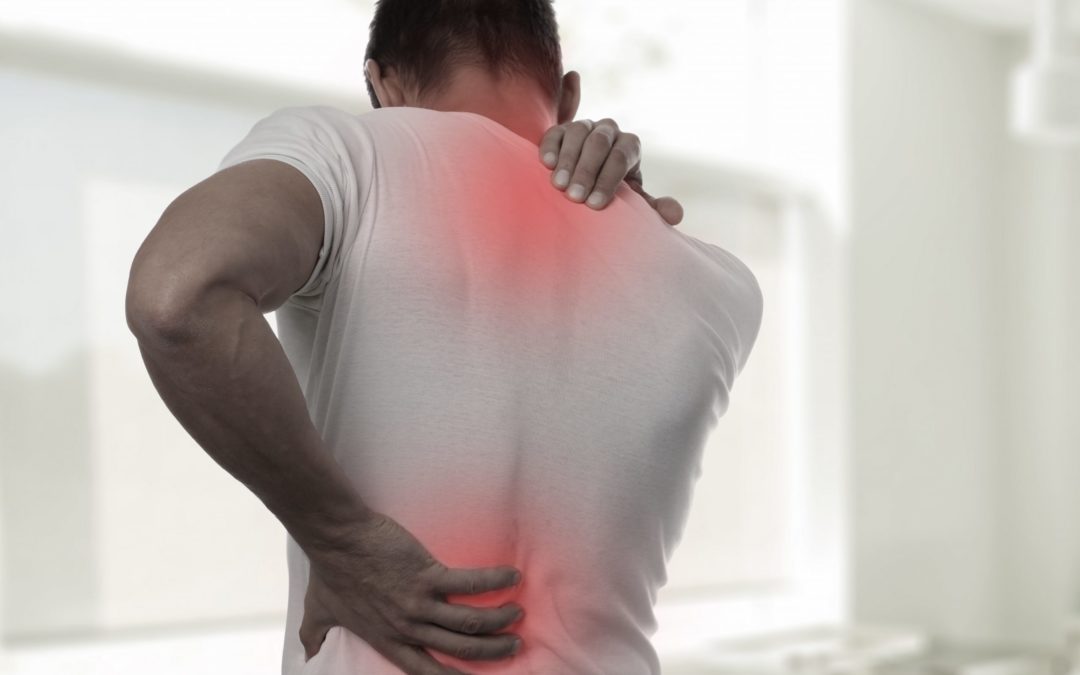
Obviously, you don’t literally have a knot in your muscle, even though it can feel like it. What you may have is a muscle adhesion. In this article, you’ll learn the difference between muscle adhesions vs knots, and the various types of soft tissue therapy that can be used to get rid of both.
What is a muscle adhesion?
All of us have fascia, which is a thin sheath of tissue that covers our muscles, protecting them and keeping them lubricated. A muscle adhesion occurs when the fascia gets tight or crinkled, causing stiffness and soreness. It can also occur as a result of scar tissue that happens after an injury. Indeed, adhesions usually occur after an injury or some sort of overuse. Thankfully, though painful, they can be relatively easy to treat.
What is a “knot” in your muscle?
A muscle “knot” isn’t a knot at all, though it can feel like there is some sort of tightness in the area in question. It may also feel bruised or lumpy. In reality, a muscle knot is what happens when your muscles are contracting or bunched together, even if you aren’t actively using them at the moment. Like adhesions, these can occur as a result of overuse, stress, pain, or some type of injury.
How can you address these issues?
When it comes to muscle adhesions vs knots, there is at least one way that you can get rid of both: Soft tissue therapy. This involves targeted massage of the problem or injured areas in order to reduce stress, tension, and pain. It is different then a regular massage, which seeks to make you feel good, as the goal of this type of therapy is rehabilitation.
Active release therapy is another great way of getting rid of muscle adhesions or knots. In active release therapy, a trained specialist will press specific areas, or trigger points, that are known to be sources of pain. This can be very painful but can help you get over some very serious issues. In the meantime, using a foam roller can be a great tool for trigger point therapy at home.
Last, you can always see our SF chiropractor. A chiropractor is a trained specialist who can make comprehensive chiropractic adjustments to your entire muscular-skeletal system, thus ensuring that your body is in alignment. They will correct your posture, identify injuries, treat those problem areas, and give you exercises to conduct at home to strengthen your muscles and get yourself back into shape. This isn’t something you should wait on: Contact us today in order to get yourself back to feeling 100%.

